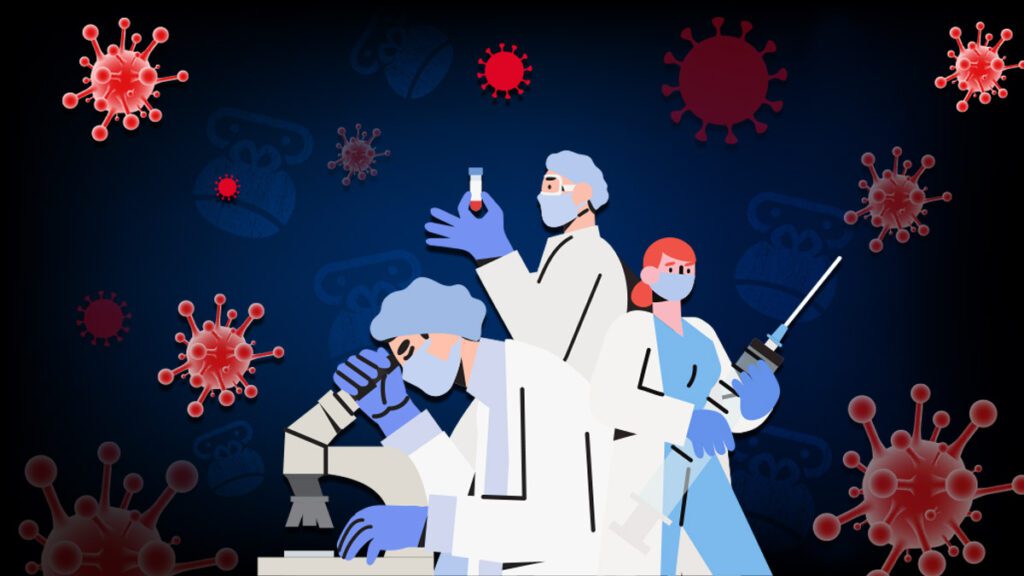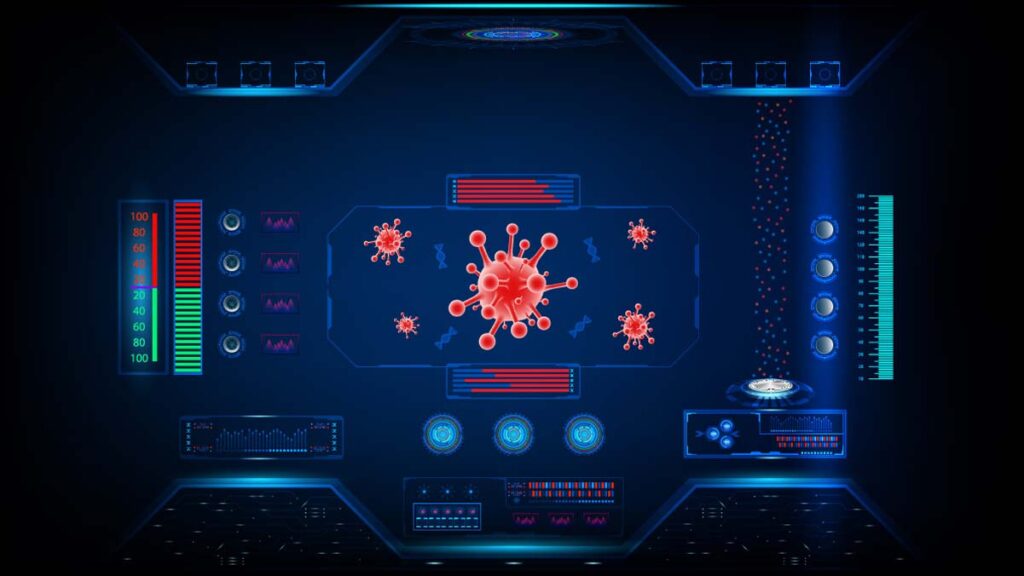
The world has been facing a succession of contagious diseases which left several sectors crumbling from the effects of lengthy lockdowns. While the Earth stood still for several years due to the coronavirus pandemic, the economic and social effects have been resounding with countries trying to come out of a severe recession.
COVID-19 is still wreaking havoc, yet at a very small scale. Concurrently, at the same small scale, a new threat is emerging, that of Monkeypox.
Questions are being asked on whether humanity can face a menacing disease all over again, and whether the mild effects of the newcomer will evolve to becoming deadly as the preceding pandemic turned out to be. While science cannot answer these questions yet, technology and in particular big data analytics can certainly help to curb the progress of the threat.
Coronavirus has been deadly with millions of casualties succumbing to the irreversible damage of the tiny virus. However, it has allowed researchers to go through a steep learning curve. The wealth of data that has been collected has contributed to the accurate control of the spread. Researchers have been able to identify red zones, establish an accurate profile for the most vulnerable individuals, and properly manage medical resources to have a proper response. To this end, can the learnt practices during the coronavirus pandemic be used proactively to combat the Monkeypox outbreak?
What We Learned from the Coronavirus Experience
The coronavirus experience was one where everyone experimented and learned. Technology has notably been the biggest hand in managing the pandemic, without which the effects would probably have been more consequent.
Artificial Intelligence to the Rescue
The data collected during this period has been significantly large, well beyond the analytical capacity of researchers. Artificial intelligence (AI) algorithms were the only possible tools to draw plausible conclusions on the collected data. AI allowed scientists to predict the spread of the disease after it crossed the Chinese borders. The predictions were even more insightful as predictions were made regarding the expected daily number of cases, the peak of a given wave, and the possible dates for forthcoming waves.
AI has also constituted a major assisting tool in medical diagnostics such as detecting COVID symptoms from CT scans and X-rays. AI has been also used to provide remote patient care using automated robots to reduce close human interactions.
Another ethical AI usage relates to detecting fake news online. The pandemic was accompanied with the dissemination of falsified medical news and rumors that heavily disturbed the general public opinion. Conspiracy theories, wrong medical treatment plans, and erroneous hygienic practices have been developed. Big social media companies partnered with international health organizations to reduce this infodemic relying on powerful AI algorithms to track the sources of information and shut them down.
Blockchain as a Disrupting Technology
Blockchain is another extremely useful tool that has been employed during the pandemic. This technology which marked the birth of cryptocurrencies has been very useful for the healthcare industry. This secured and trustful distributed ledger can be used to keep track of the medical cases, treatment, and management. More importantly, the supply chain of healthcare institutions can be monitored to depict any possible shortage and act accordingly.
The Rise of Telehealth Services
Telehealth applications also flourished during the pandemic. The lengthy confinement periods and the necessity to reduce human contact has mandated novel techniques to monitor the evolution of COVID patients. Telehealth solutions have been the technique of choice to achieve these tasks. Doctors and caregivers have been able to keep track of the medical status of their patients, taking prompt decisions when needed.
The Emergence of New Practices
This dark period has seen the fast development of techniques that were previously used for limited applications. 3D printing is one such technique which was heavily employed to produce face masks, protection equipment and fast-track the design and production of ventilators. These three components were crucial in the fight against the pandemic.
Can Acquired Knowledge be Applied to Fight the Monkeypox Outbreak?
Monkeypox is certainly not in the same category as the coronavirus in a sense that they belong to two separate classes of viruses. Monkeypox belongs to the orthopoxvirus family while the other belongs to the severe acute respiratory syndrome coronavirus 2 (SARS-CoV-2) family.

The symptoms upon infection are somewhat different with rashes and swollen lymph nodes being the prominent features of Monkeypox patients whereas COVID patients normally have more acute symptoms, notably of respiratory nature. What we have learned however is that different strains have largely differing effects and mutations are important causes of concern.
The technological knowledge acquired during the lingering pandemic should imperatively be used to prevent a new one. Underestimating the symptoms of Monkeypox or relying on its low transmissibility is not a pretext to disregard the severity of the problem. As proven with coronavirus, confinements and lockdowns are not the best methods to face the problem, notably when done in an unmethodical manner. Proactively predicting the spread of the disease and allocating the required resources in advance is of utmost importance. Properly understanding the transmission mechanisms and identifying vulnerable groups is a crucial step in limiting its progress. Finally, developing efficient vaccines, drugs, and other medical equipment is the last defense line to limit the number of casualties.
Technology and in particular data science and AI can significantly help in achieving the aforementioned targets. To the end, scientists should start from the latest discoveries from the previous pandemic and utilize, modify, and upgrade them to address the new challenge.
Summary
While the Earth population hasn’t still woken up from the devastating effects of the coronavirus pandemic, it is gearing up to face another threatening contagious disease, that of Monkeypox. The situation is certainly a source of despair for many, but the technological advancements provide a breath of hope. When technologies came to the rescue to fight coronavirus, mainly using artificial intelligence, the pandemic was contained in a better way as the unpredictable became soon much more predictable, shortages were compensated and procedures have been amended with the improved understanding of the disease. The succession of two outspreads is no necessarily bad since the short memory of the coronavirus effects will make us tackle the new challenge more seriously, notably using technology as a main weapon of defense. The wealth of knowledge developed with the pandemic will undoubtedly facilitate the fight against the new Monkeypox outbreak.
“Inside Telecom provides you with an extensive list of content covering all aspects of the tech industry. Keep an eye on our Technology and MedTech space to stay informed and up-to-date with our daily articles.”